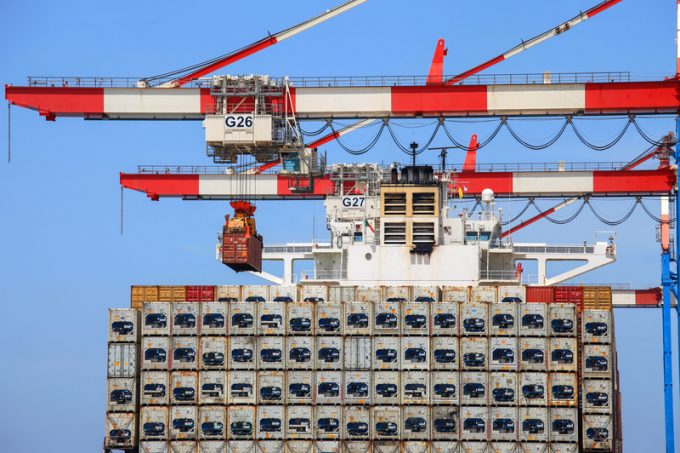Blanked sailings in response to falling demand 'just a stop-gap solution'
Blanked sailings are only a “stop-gap solution” for carriers amid critical tonnage oversupply, according to ...

Even as reefer container freight rates soar, shipping lines are “far from coping” with the seasonal demands of perishables.
According to Drewry, a weighted average of rates across the top 15 “reefer-intensive” tradelanes jumped 26% in the first quarter, following a seasonal uptick in cargo demand ...

Comment on this article